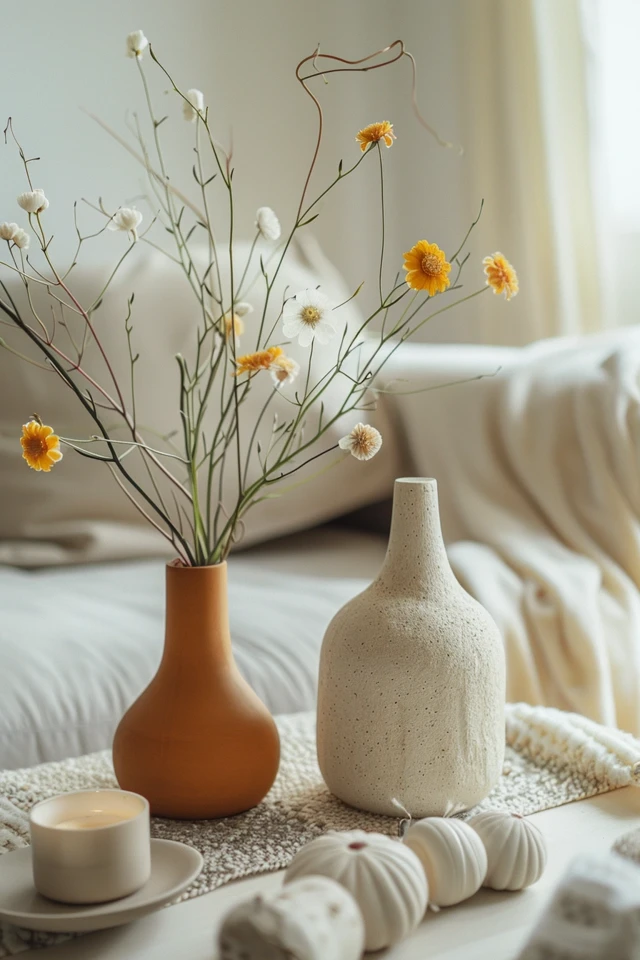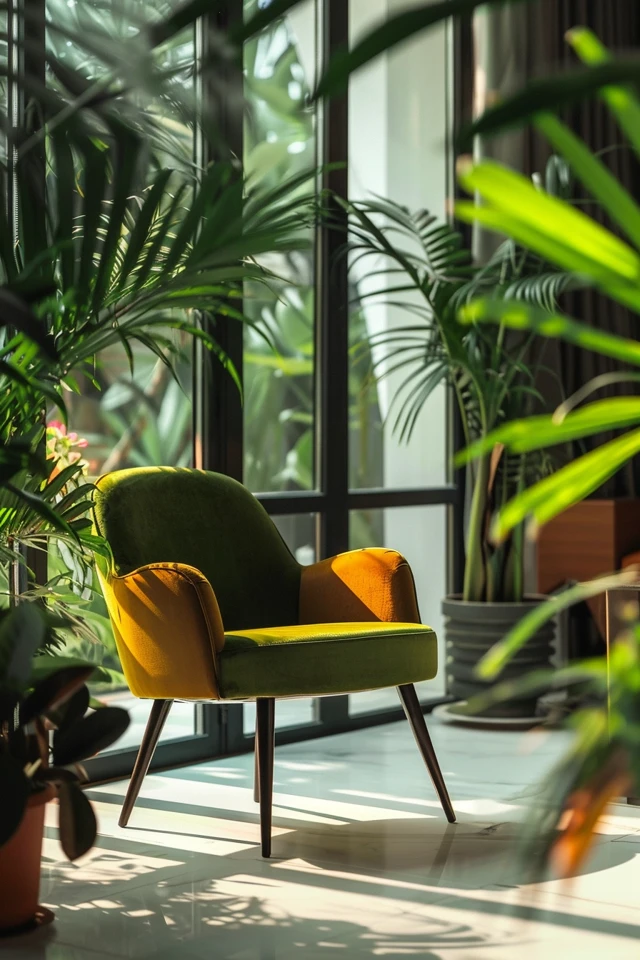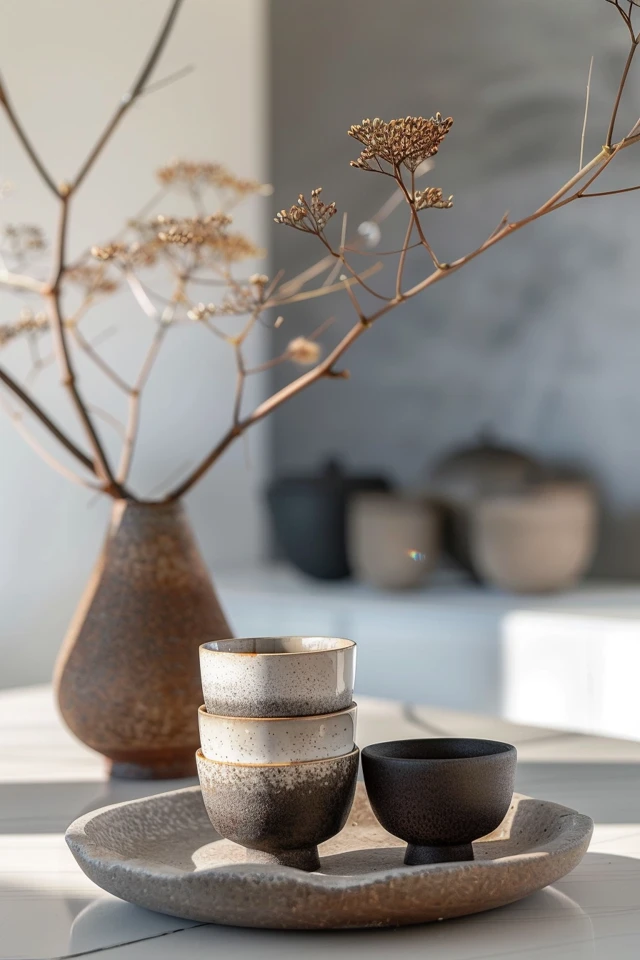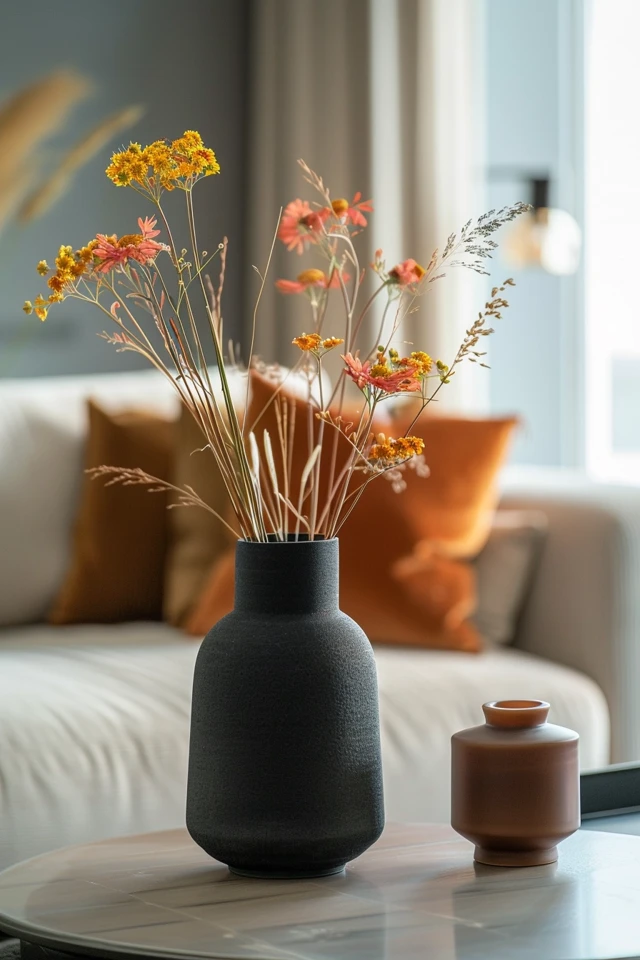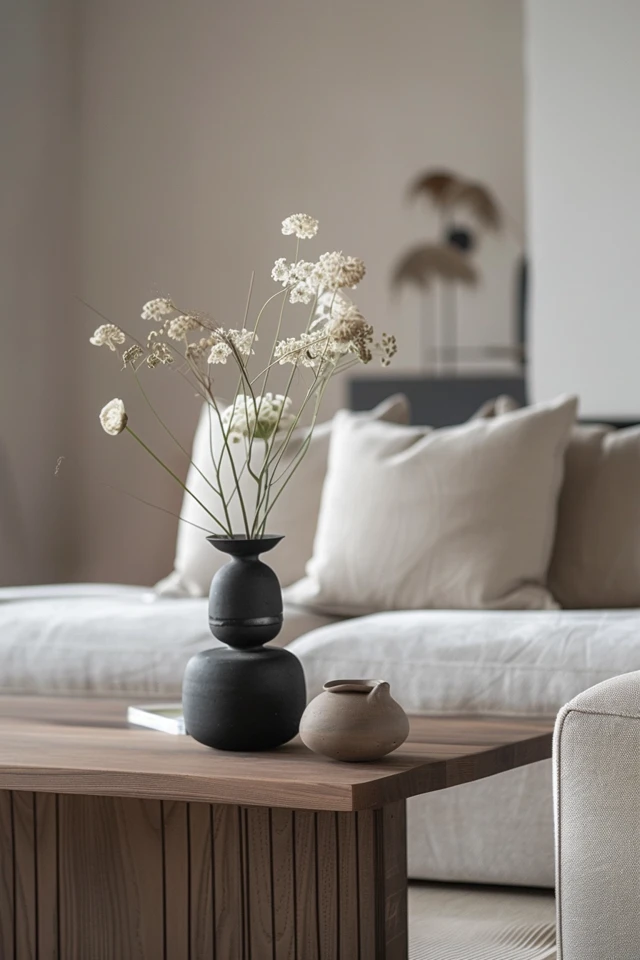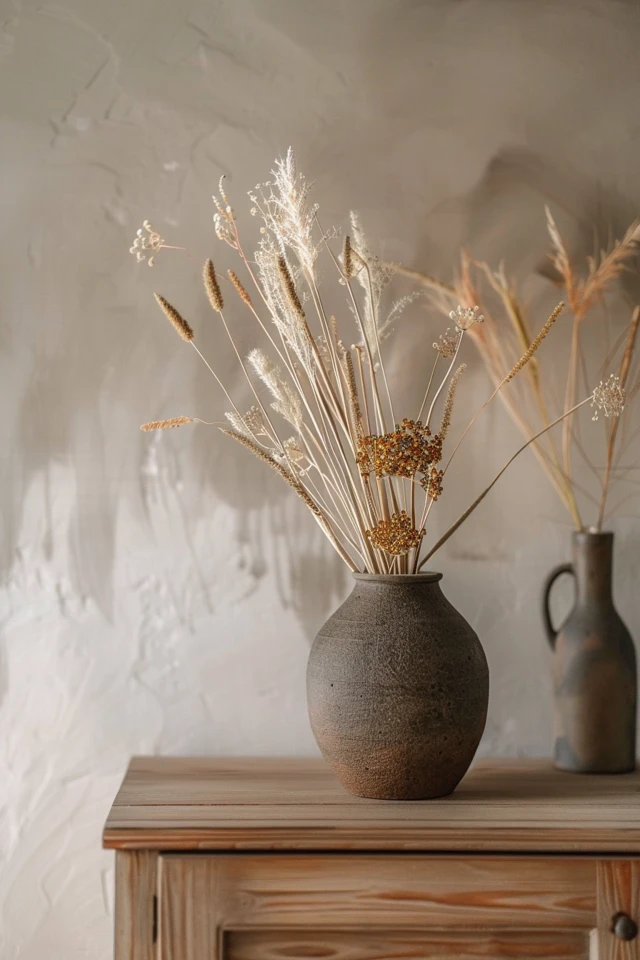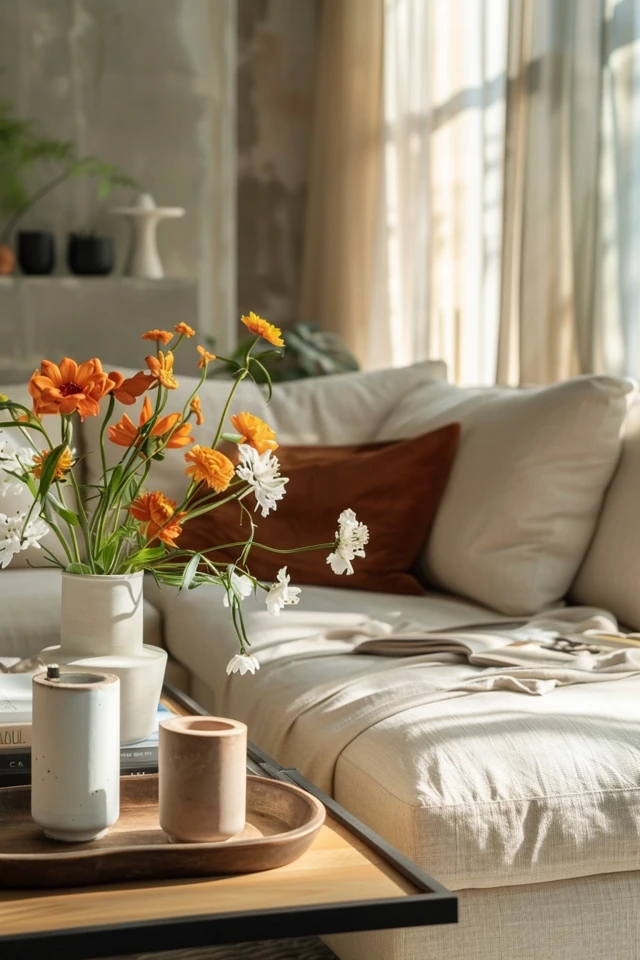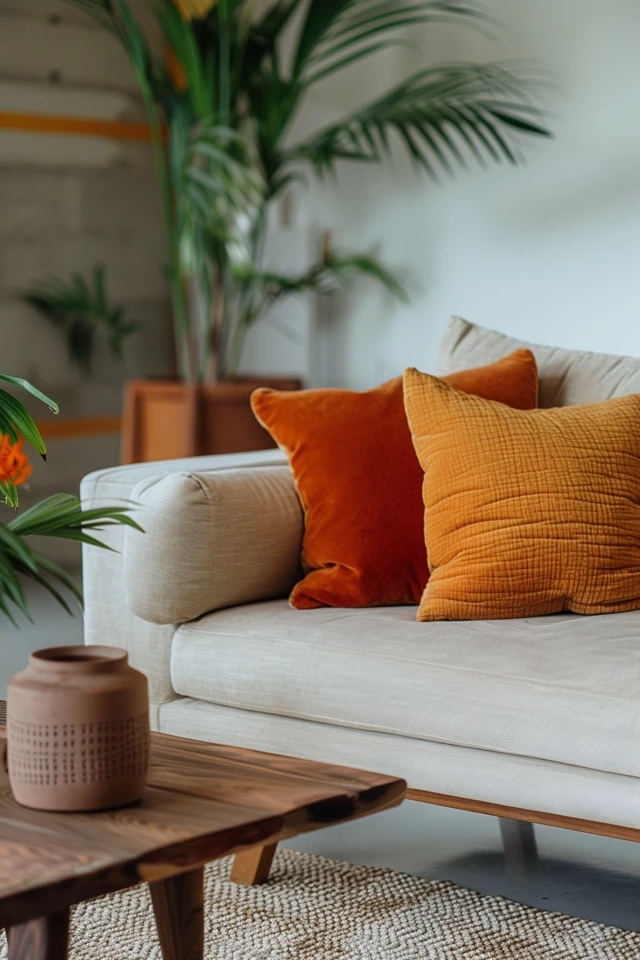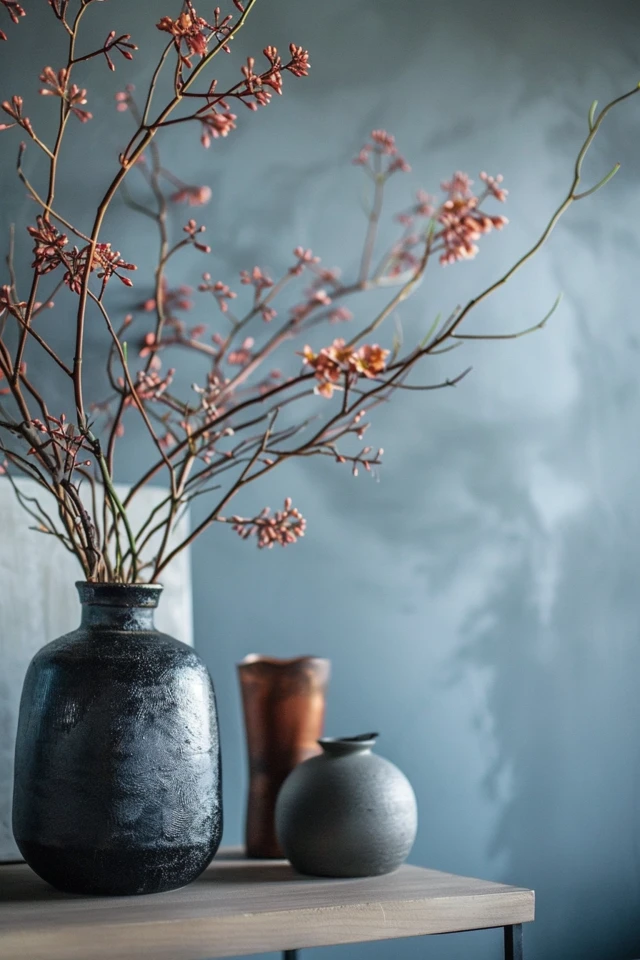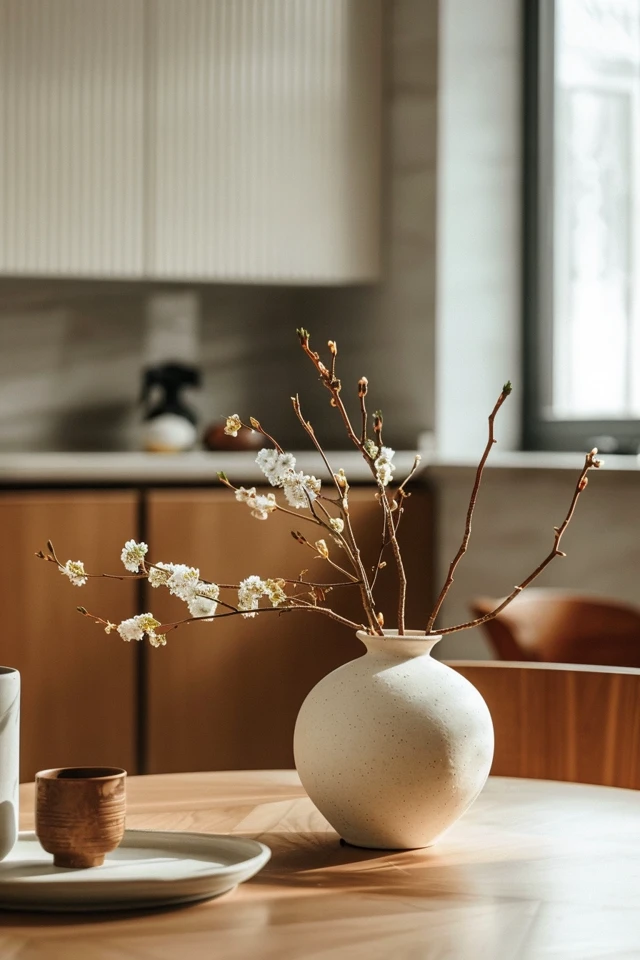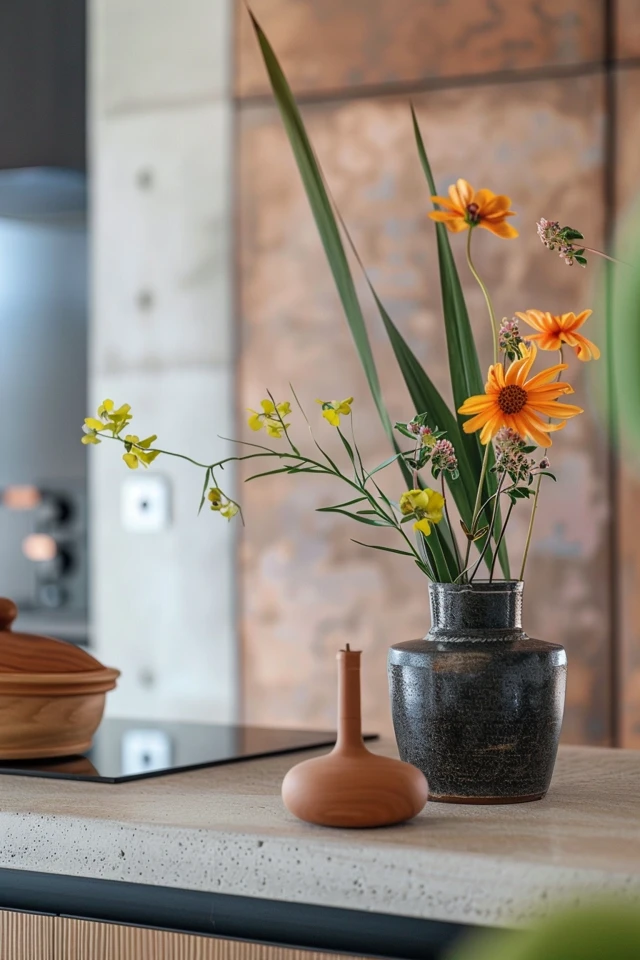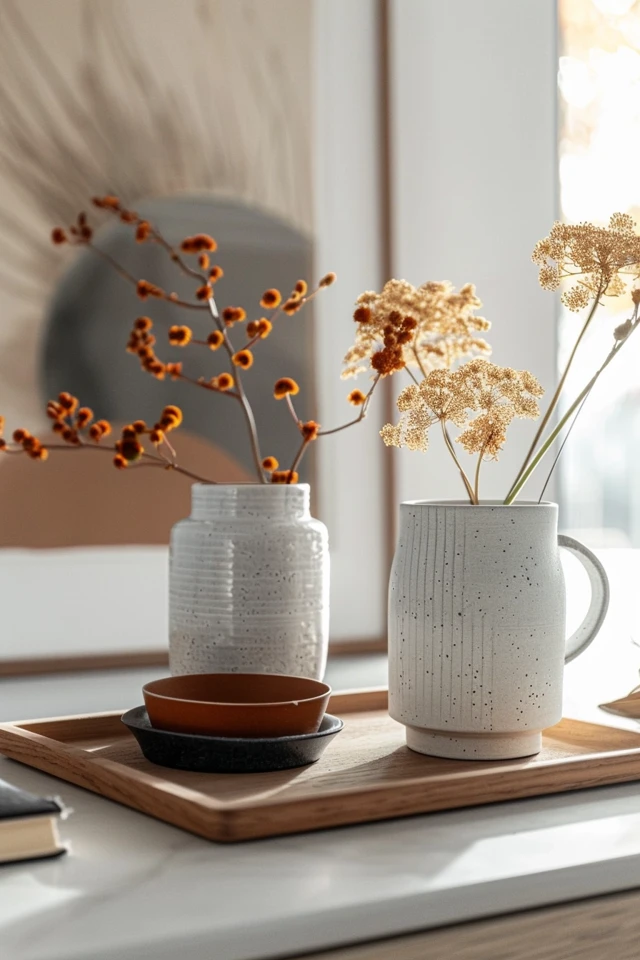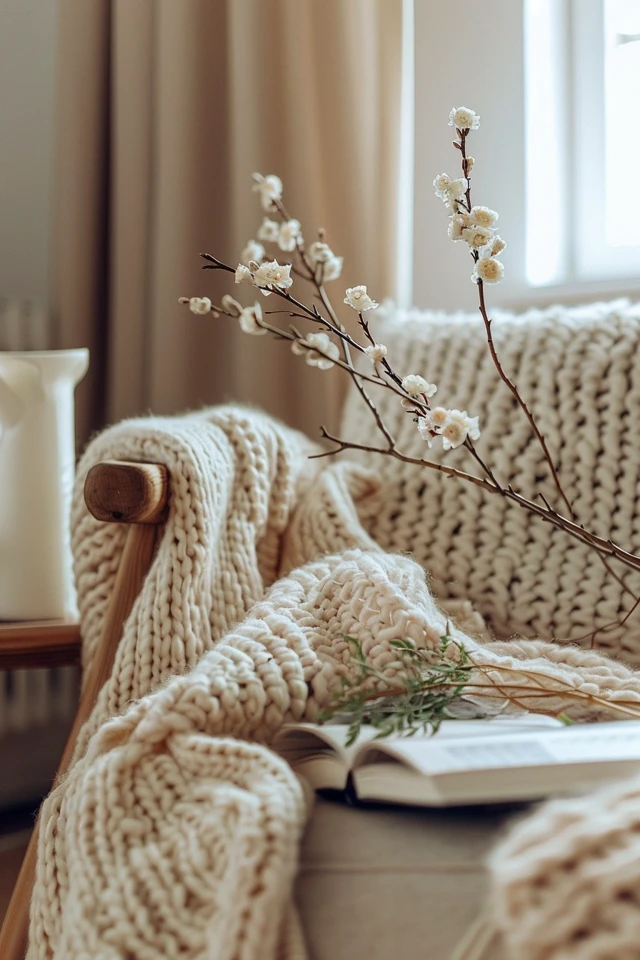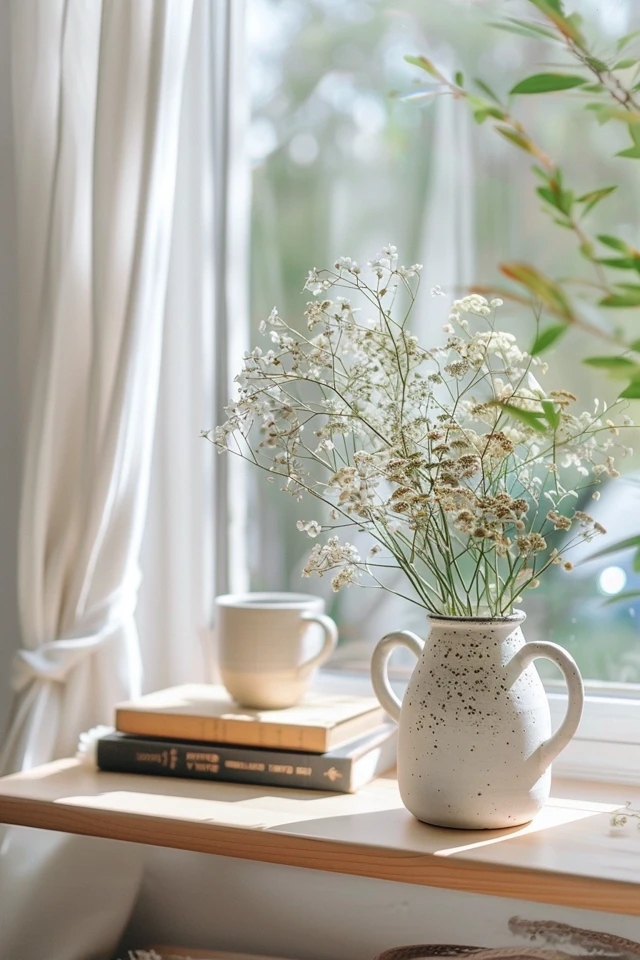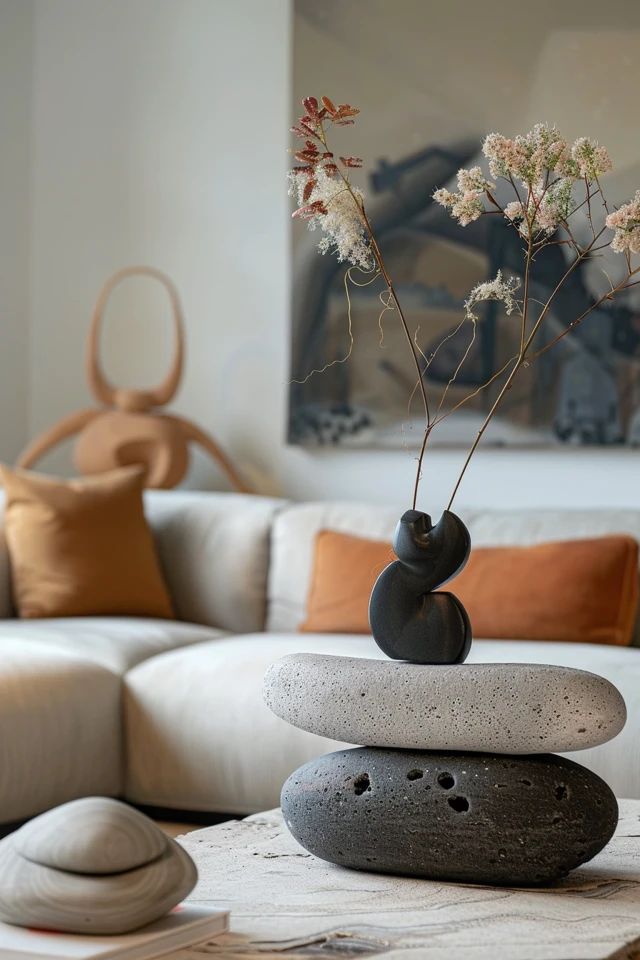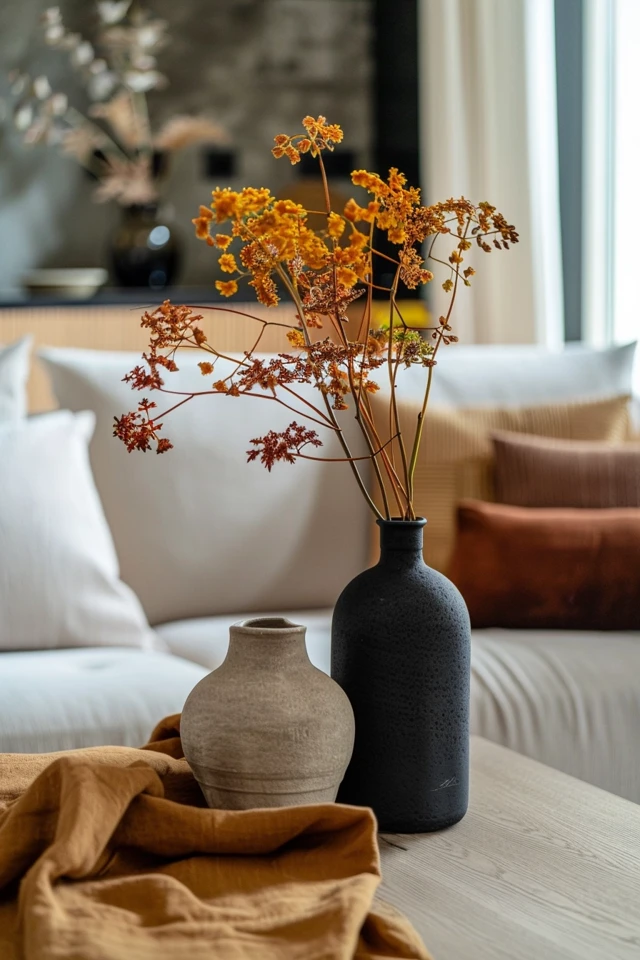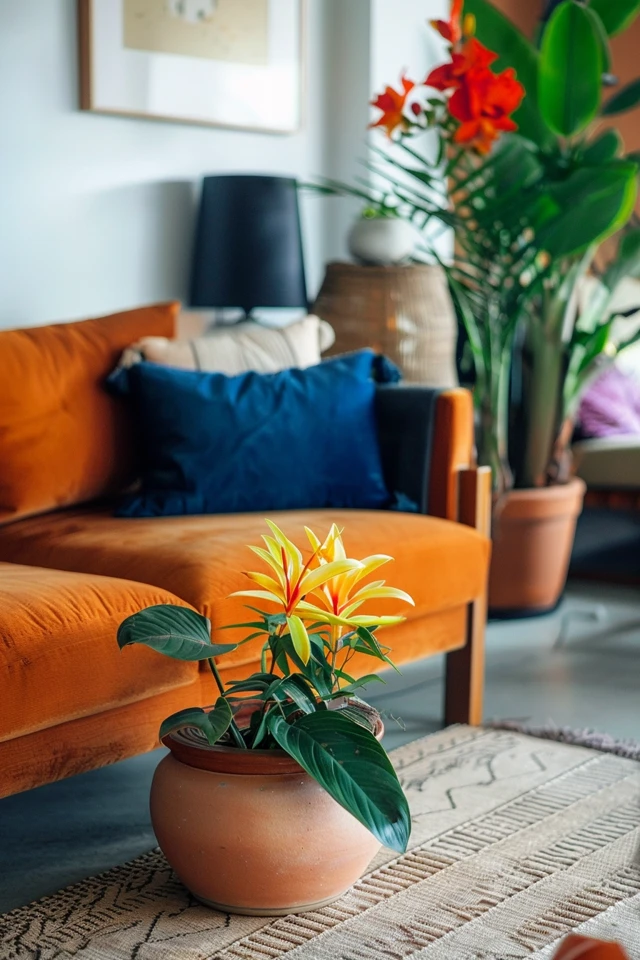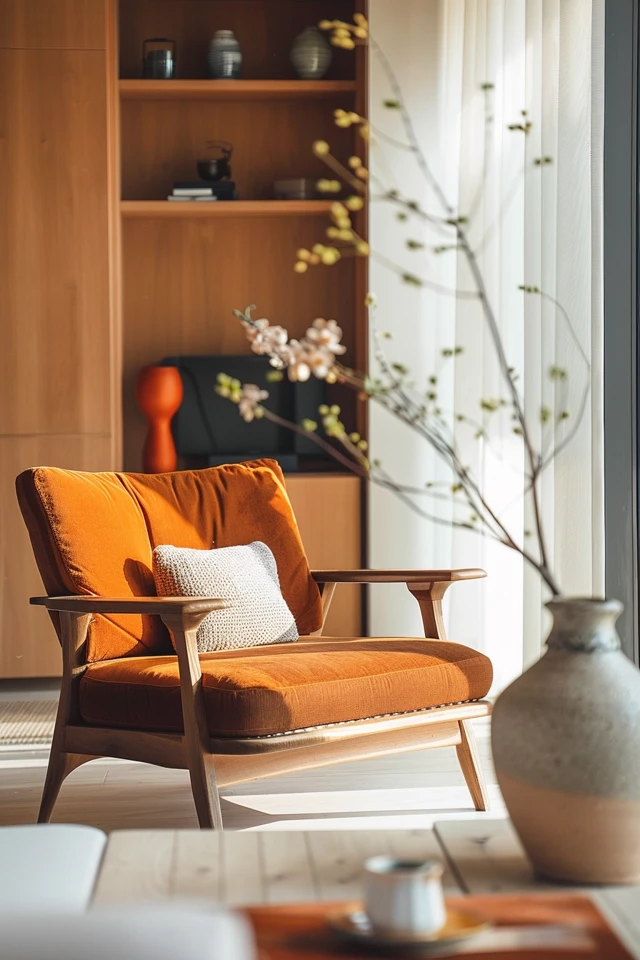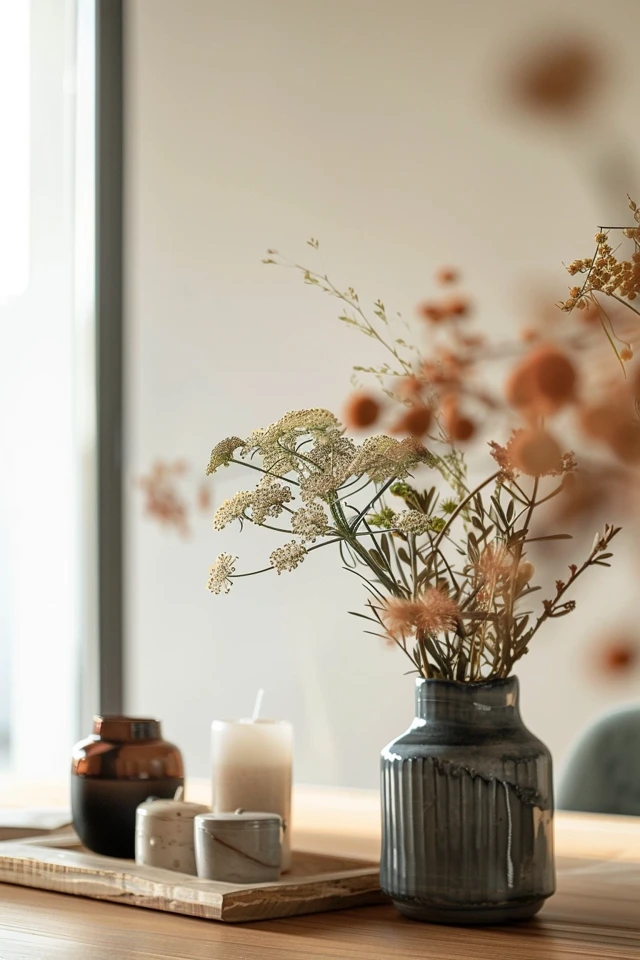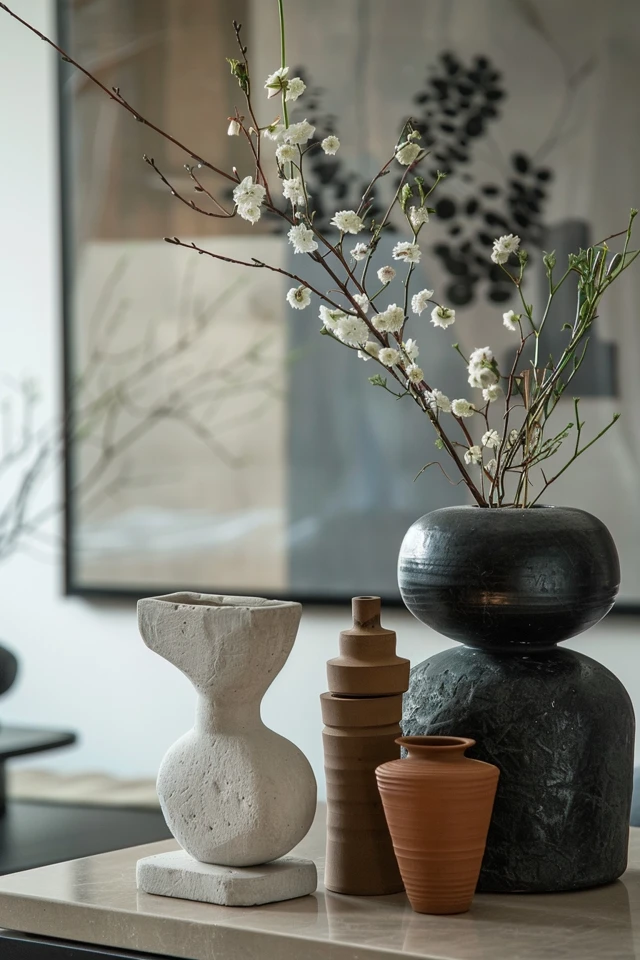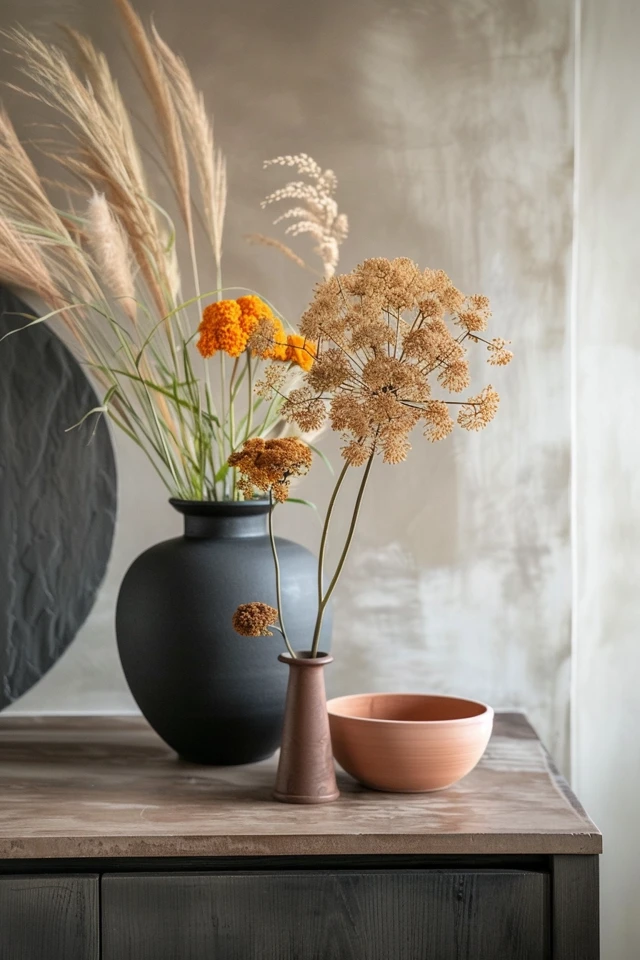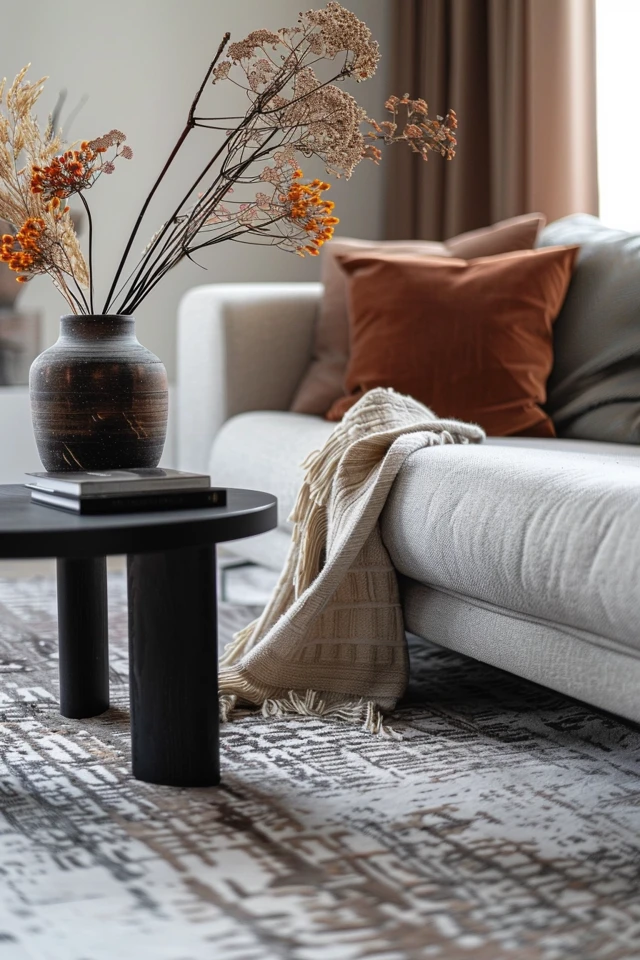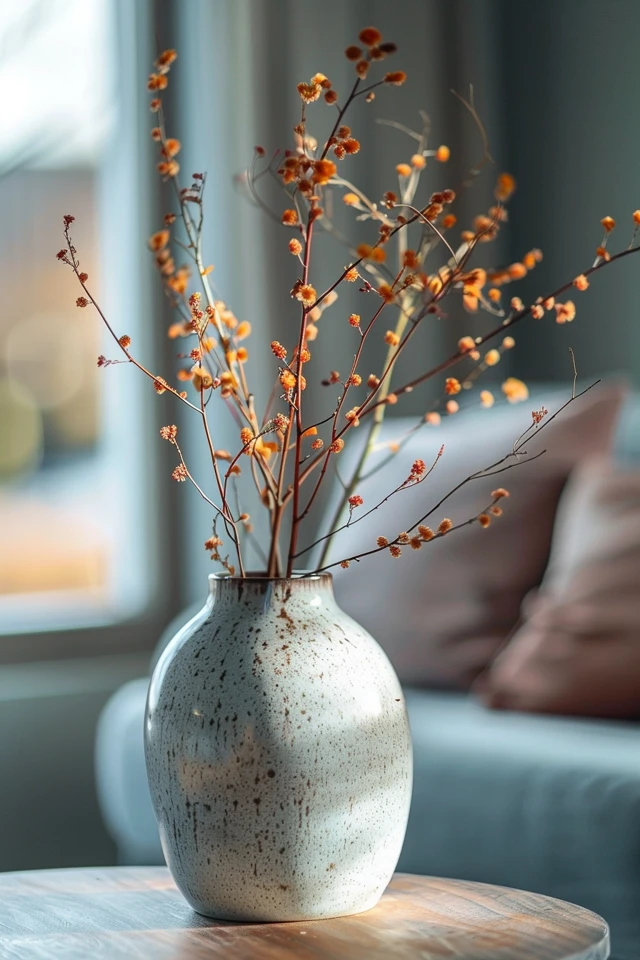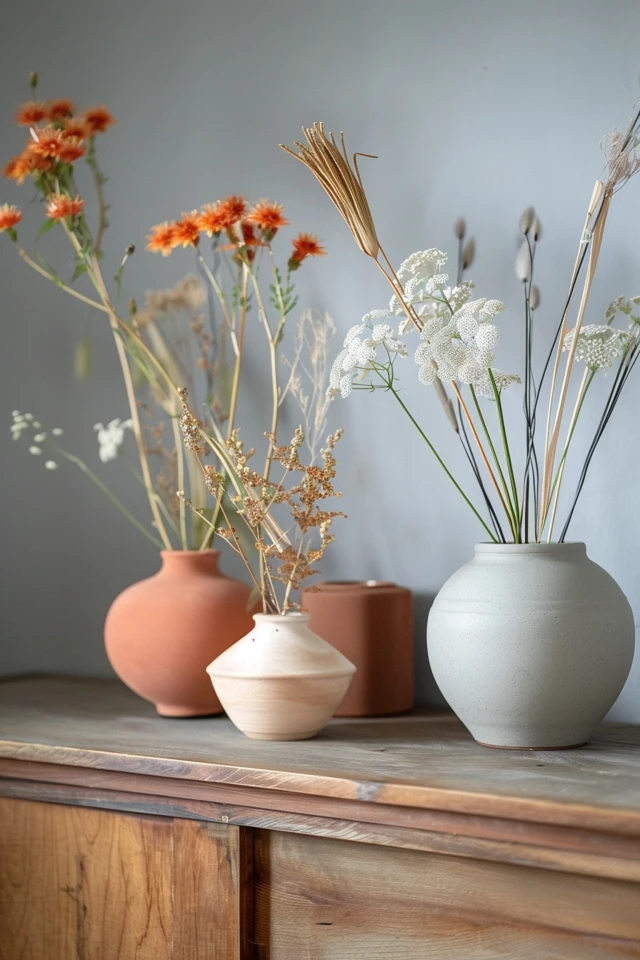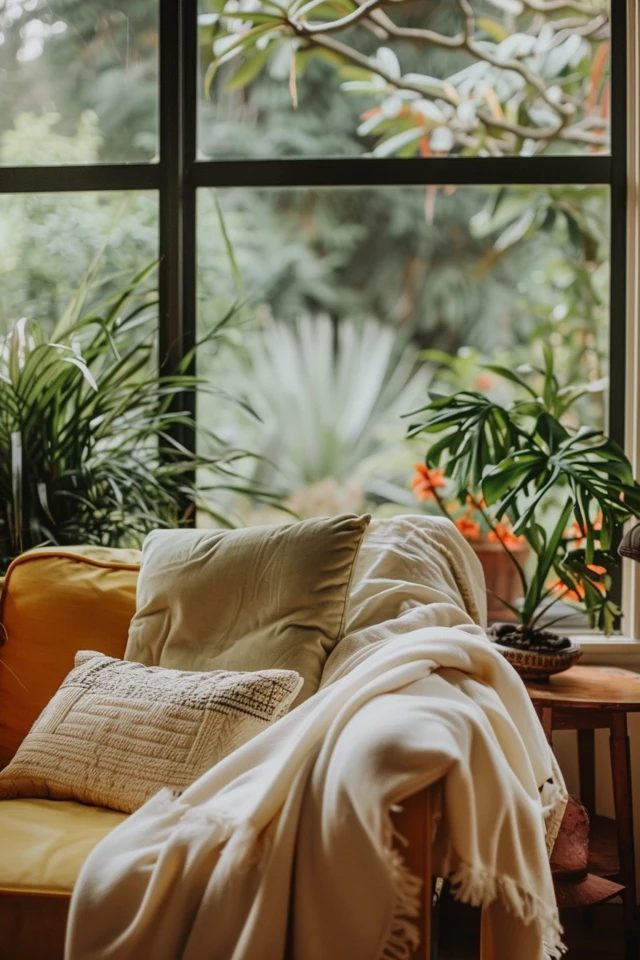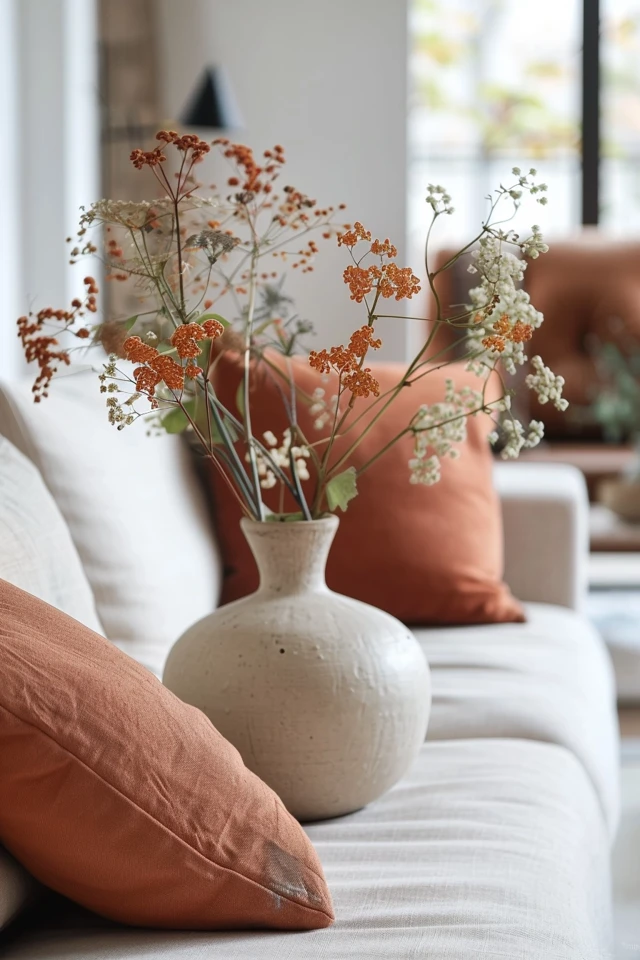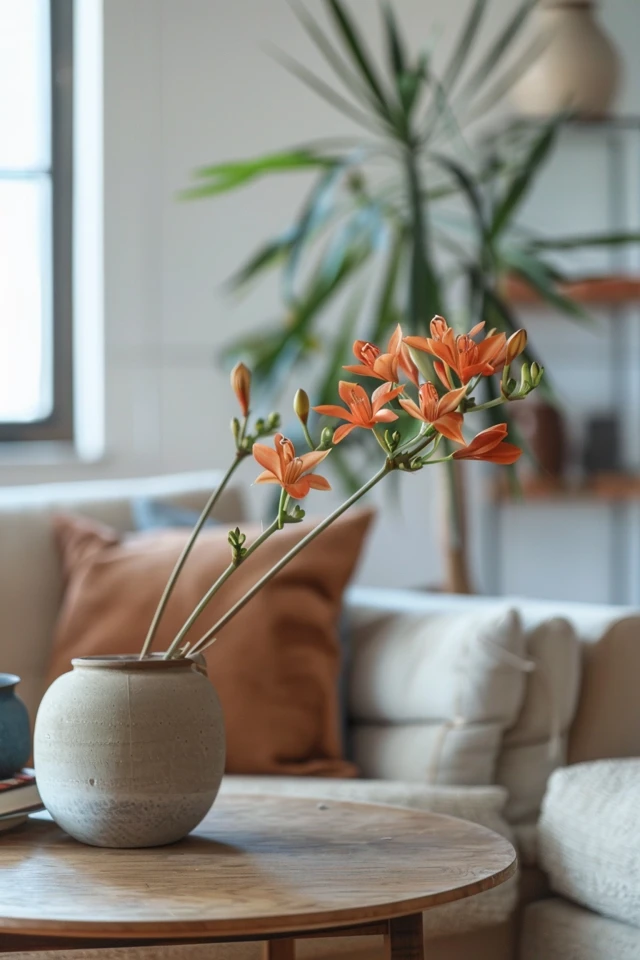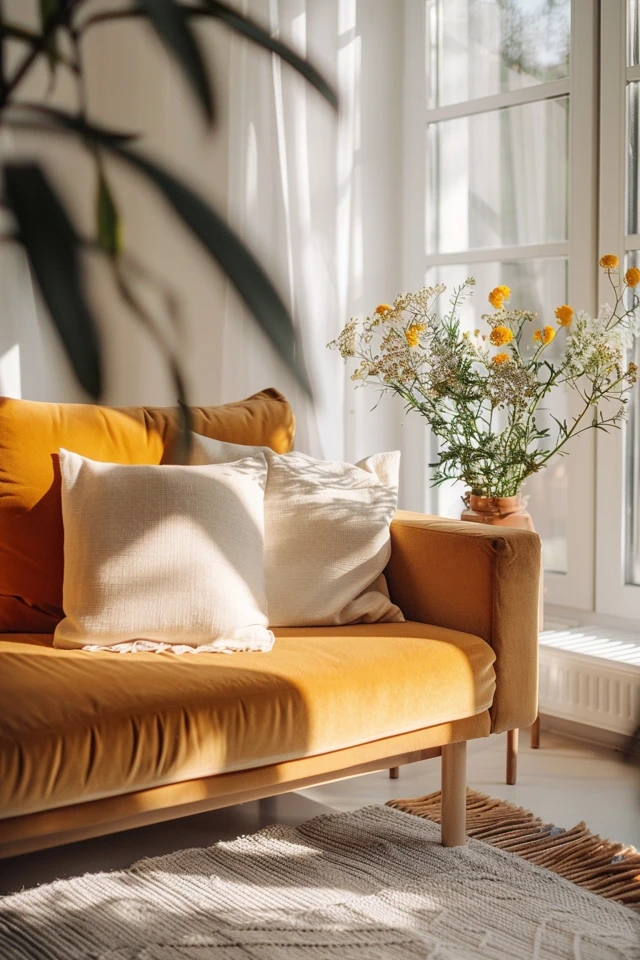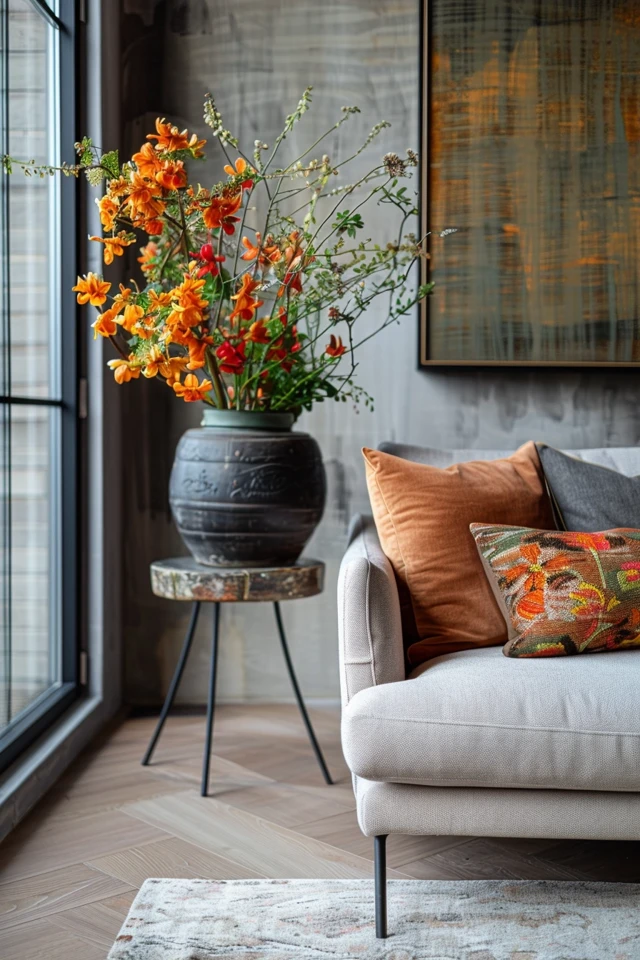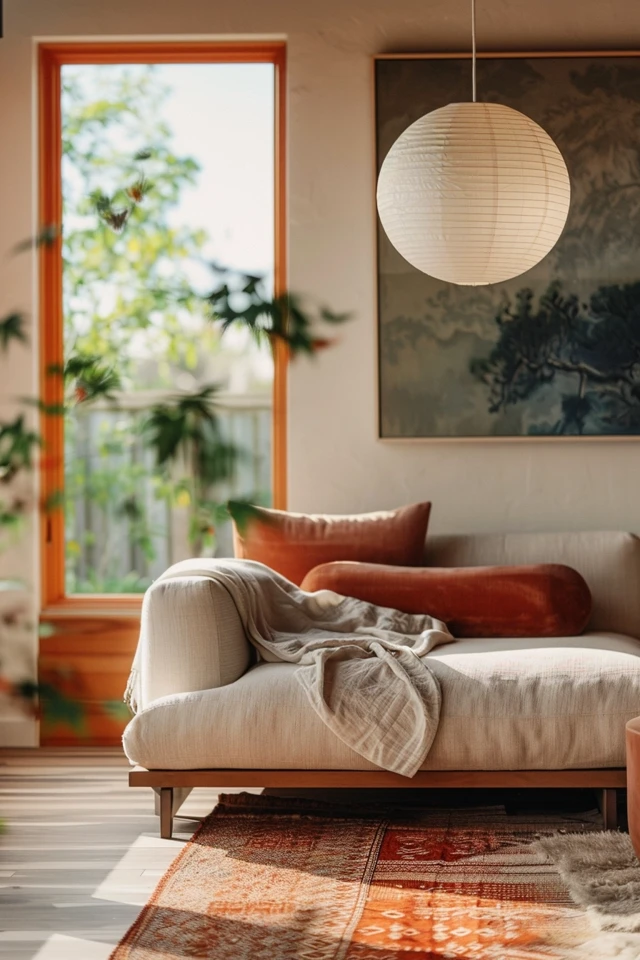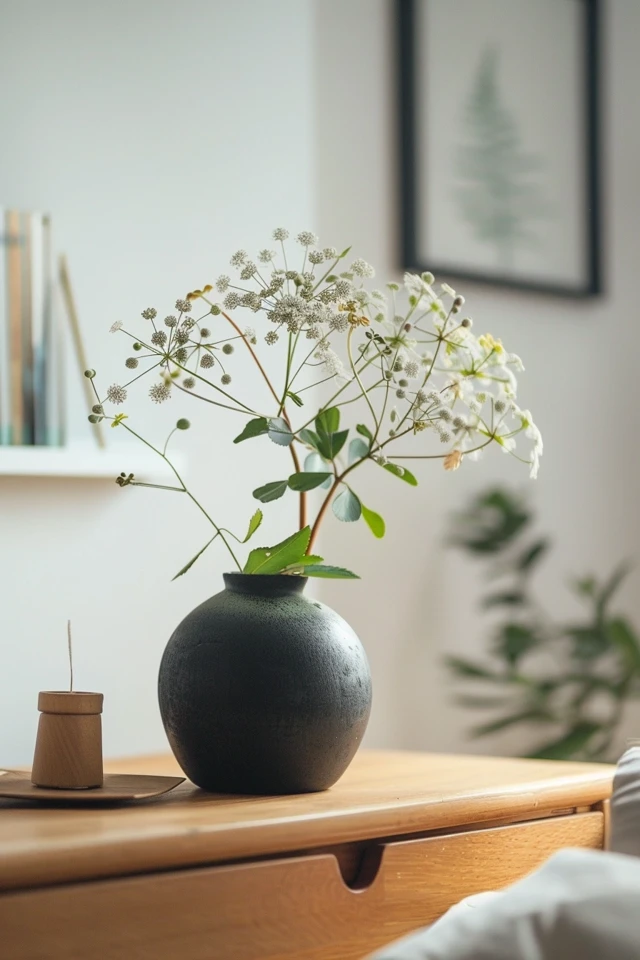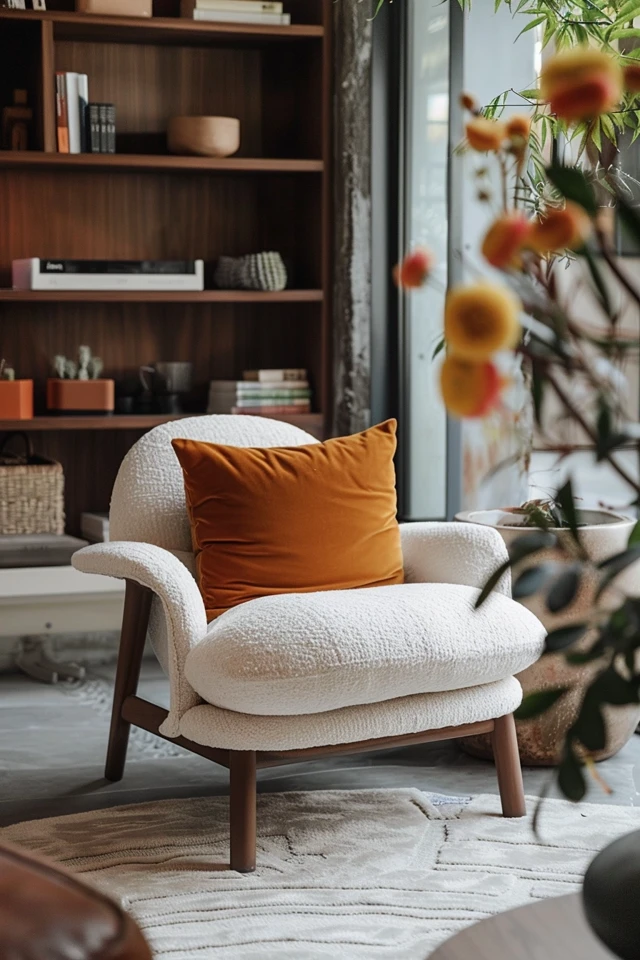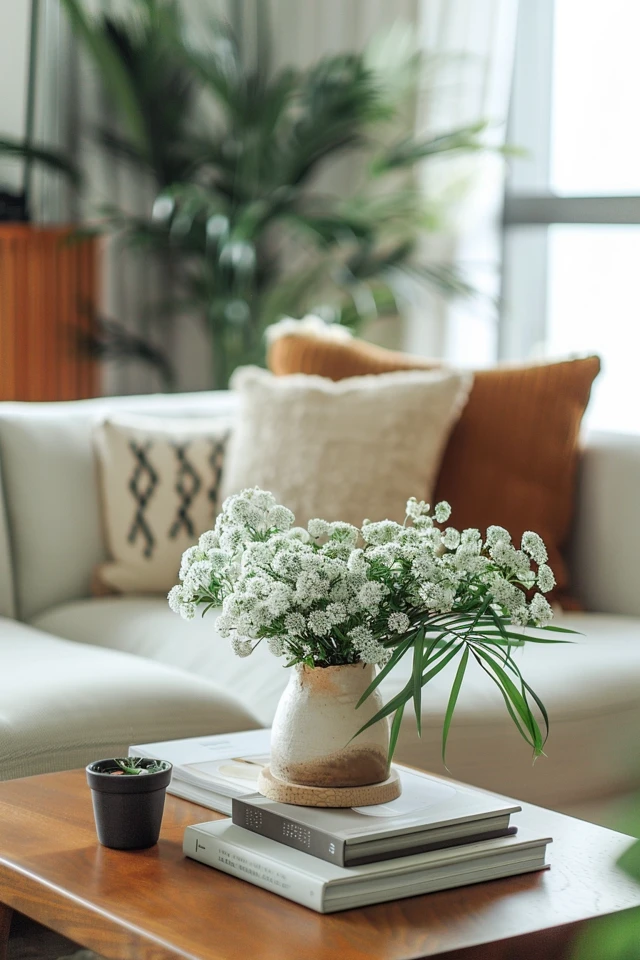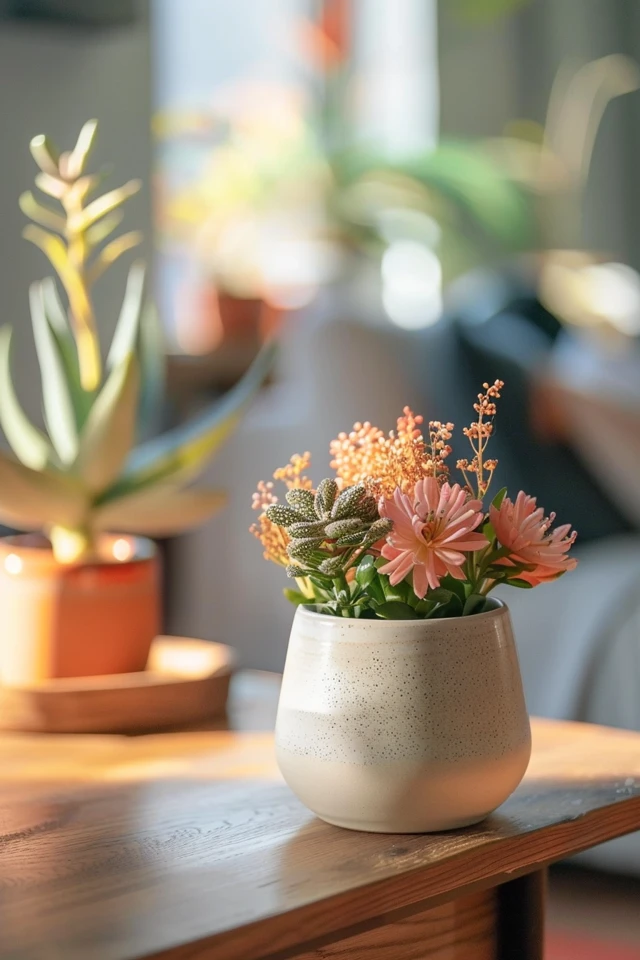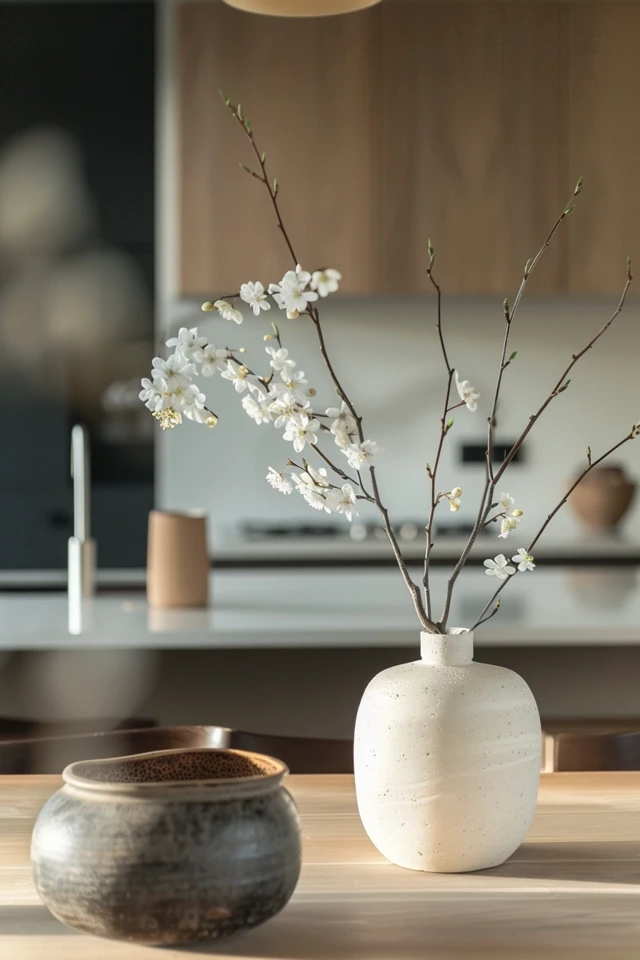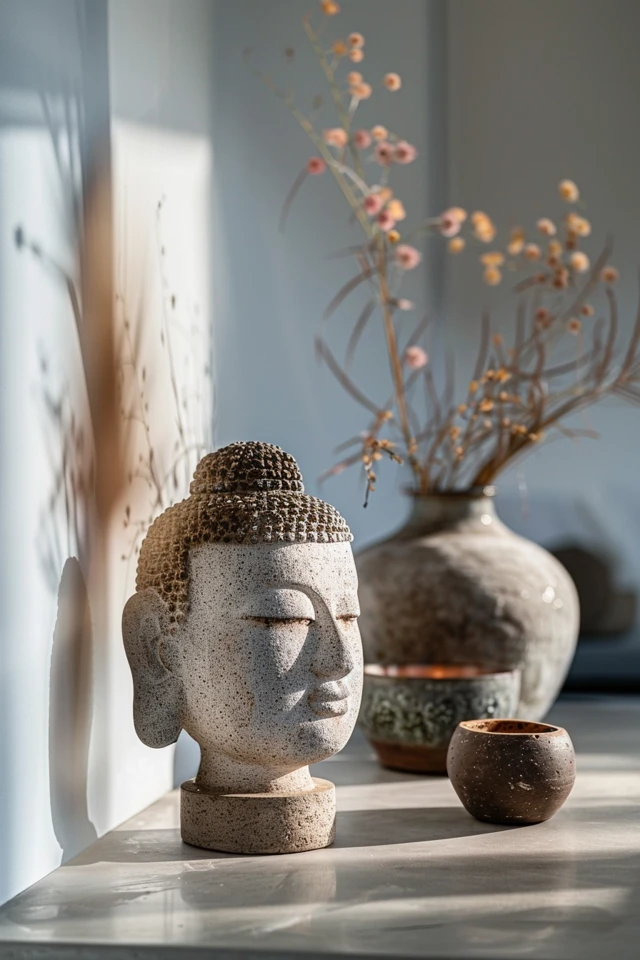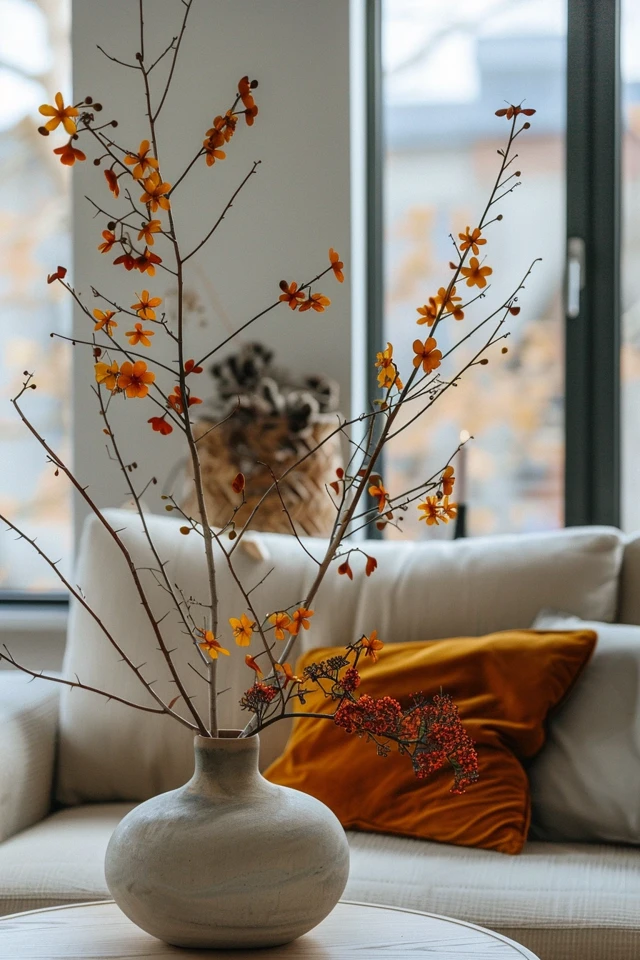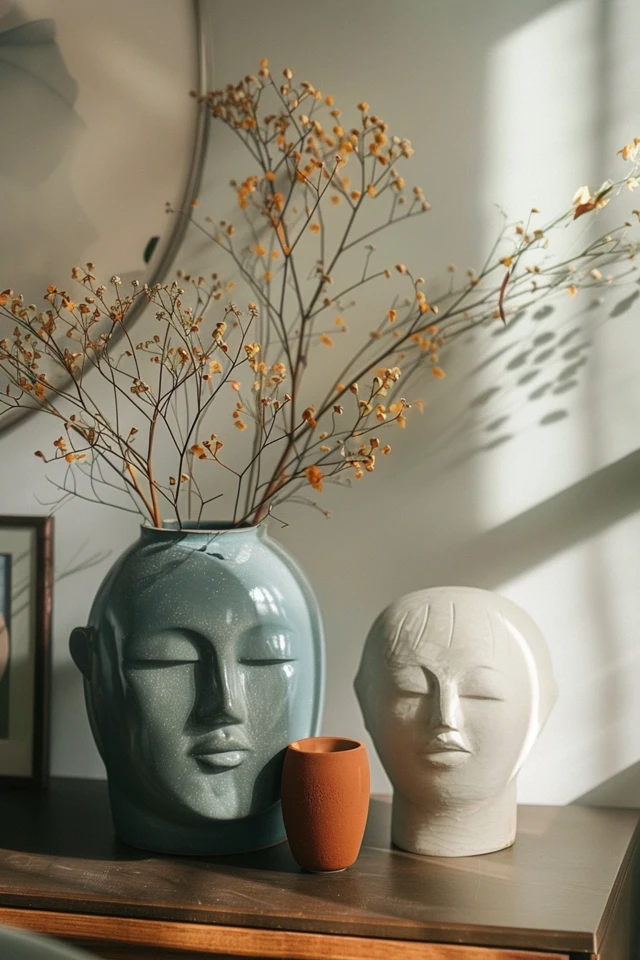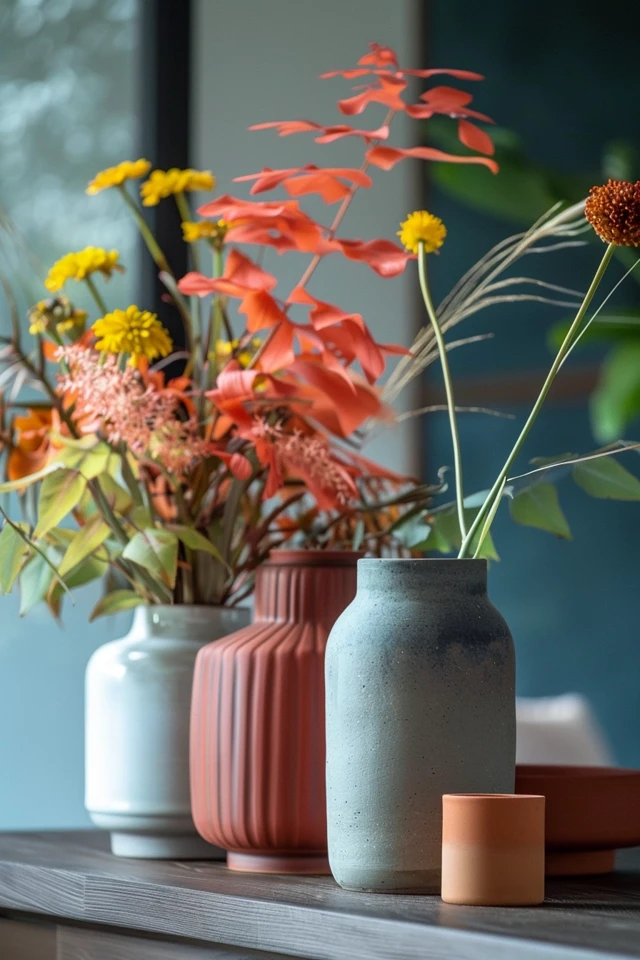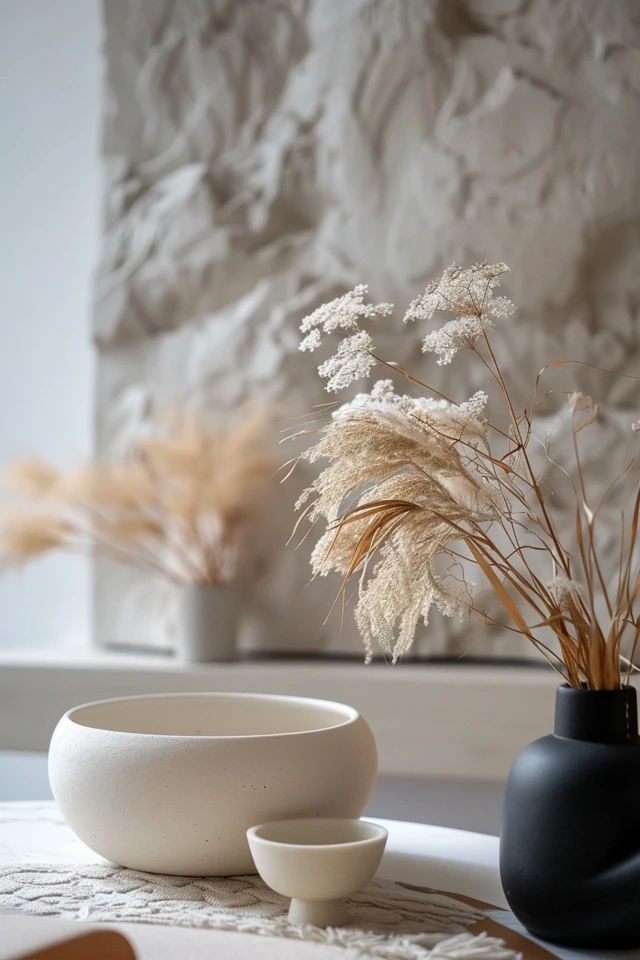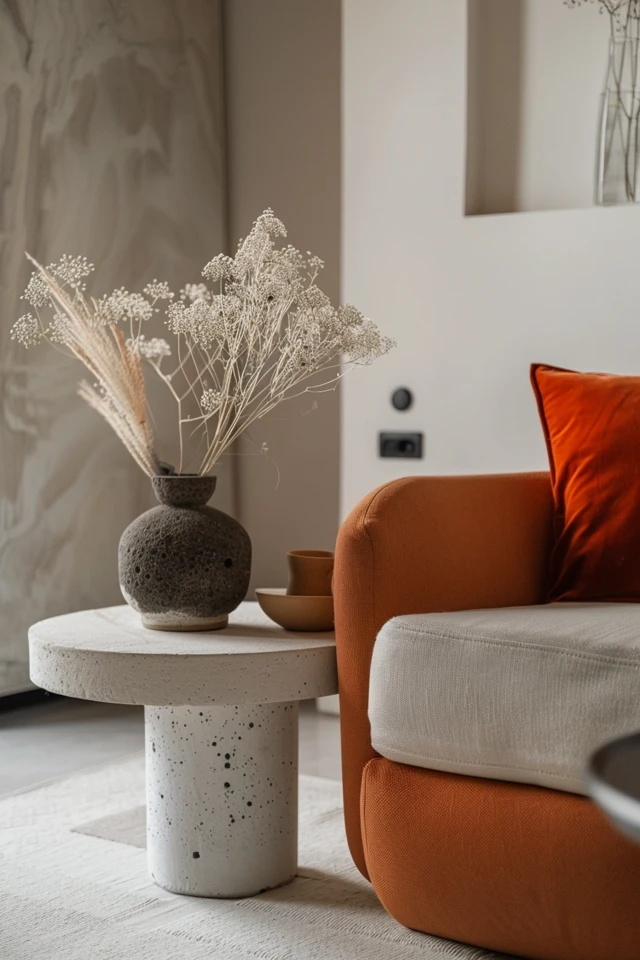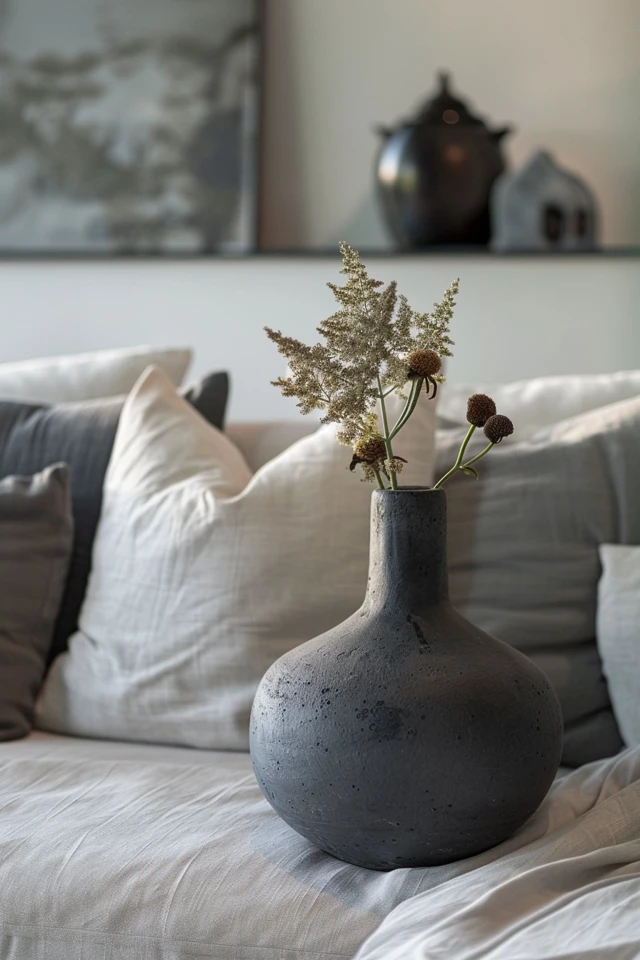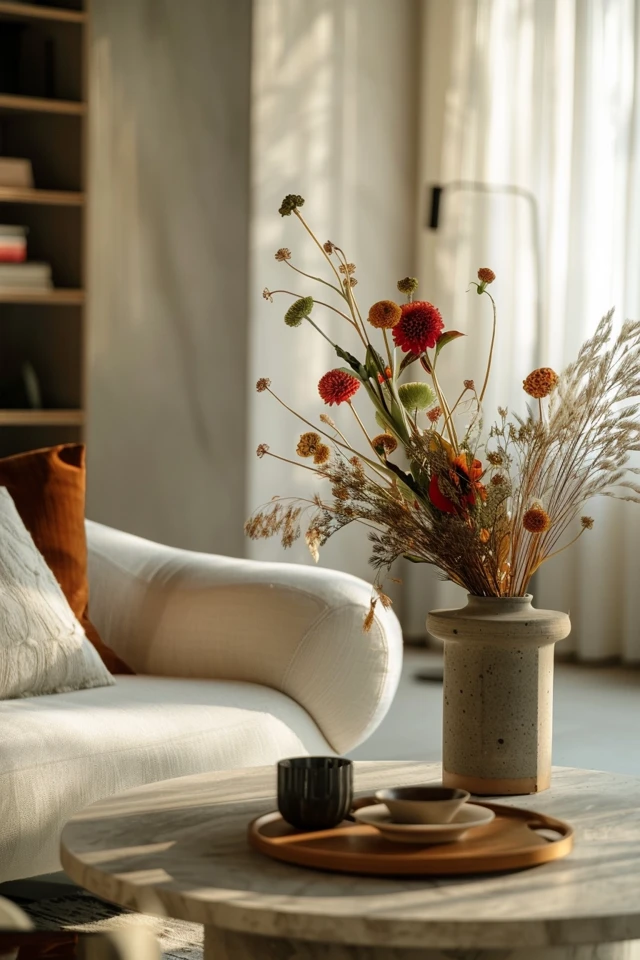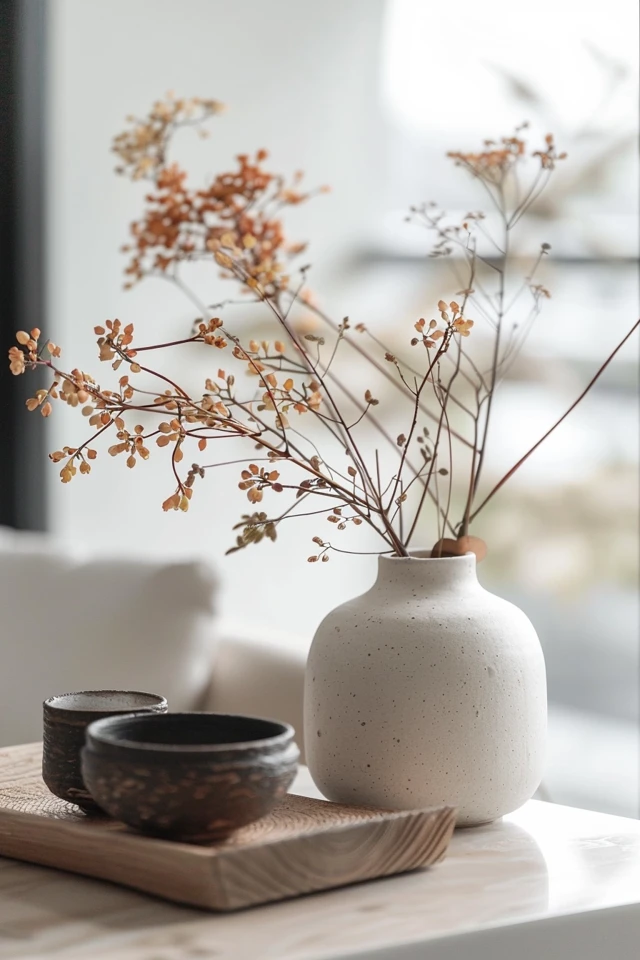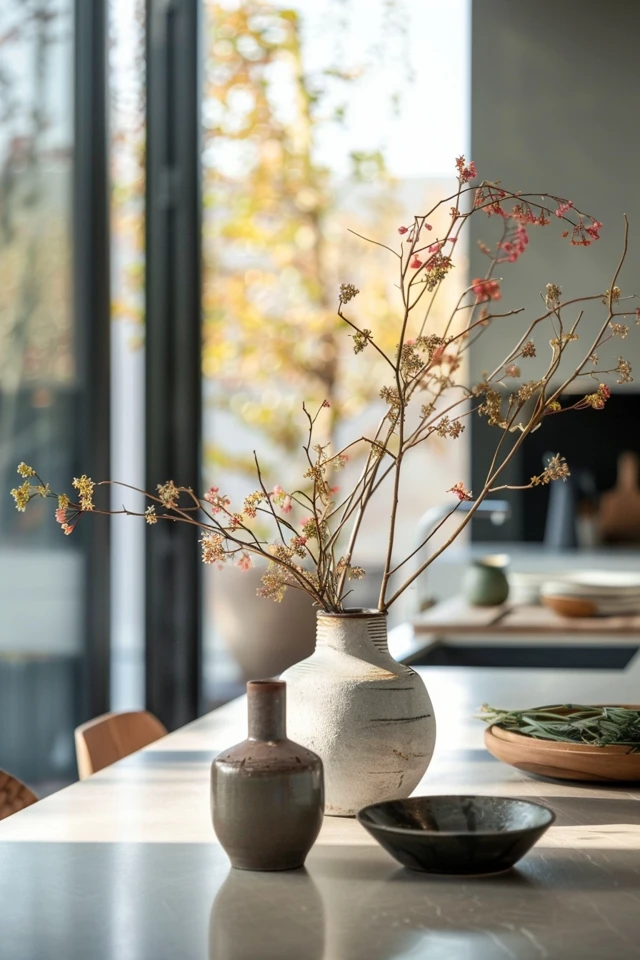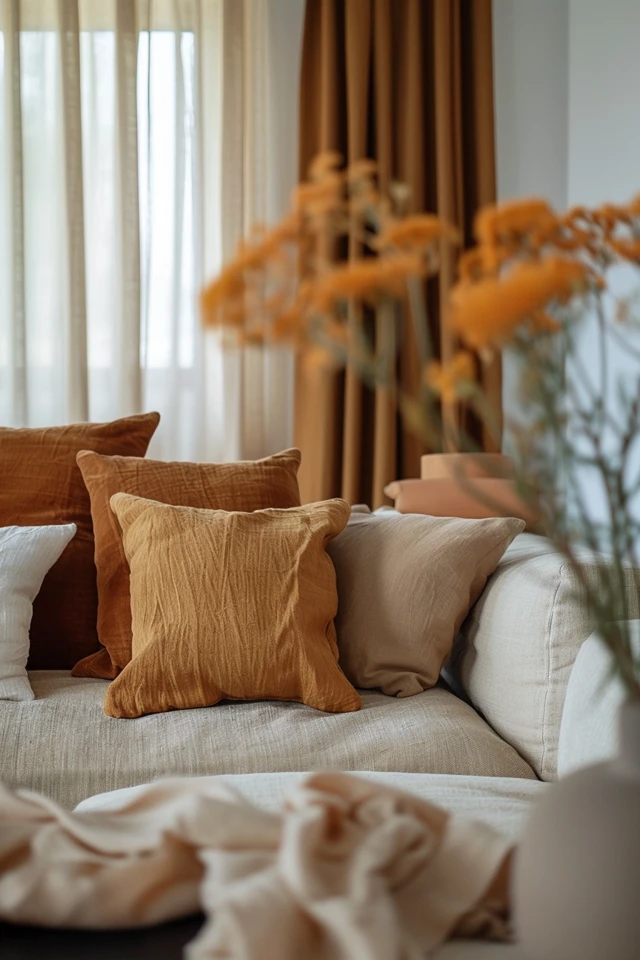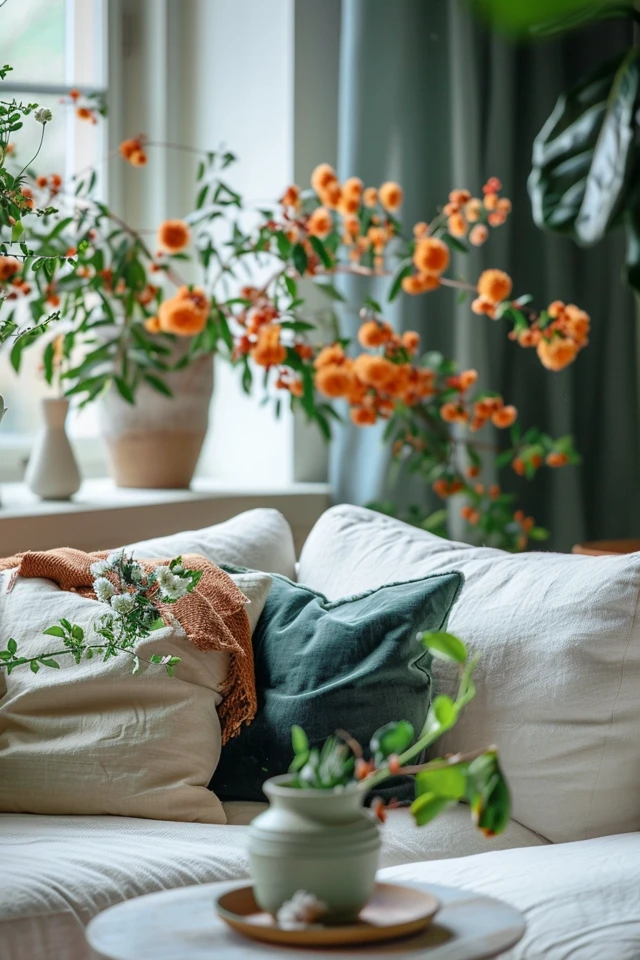Before Reading this Article, Hire Us As Your Designer or Take a Look at My Top 3 Amazon Picks!
If you are looking to blend Amazon's furniture finds with a personalized touch for your space, check out my portfolio, and hire us! You'll get 3 Idea boards, 2 Concept Boards, 2 Realistic Renderings, a Floor Plan, and a Shopping List! Everything's online, plus a 25% discount on your first online interior design project with my Havenly Promo code 4c7441bcfb. With over 2,000 designs since 2017 and top US brand partnerships, your project is in expert hands. US only. Ready to start?
EMOHAT Metal Vintage Tin Signs Retro Meditation Lo...
$9.59 (as of January 20, 2025 23:16 GMT -06:00 - More infoProduct prices and availability are accurate as of the date/time indicated and are subject to change. Any price and availability information displayed on [relevant Amazon Site(s), as applicable] at the time of purchase will apply to the purchase of this product.)TEOUIOS Wood Box Sign Cute Bathroom Decor- Always ...
25% OffPositive Affirmations Wall Decor Good Vibes Only S...
$12.98 (as of January 20, 2025 23:16 GMT -06:00 - More infoProduct prices and availability are accurate as of the date/time indicated and are subject to change. Any price and availability information displayed on [relevant Amazon Site(s), as applicable] at the time of purchase will apply to the purchase of this product.)Home Decor Ideas for the Ultimate Zen Space
Creating a Zen space in your home can significantly enhance your overall well-being, offering a serene retreat from the hustle and bustle of daily life. Zen-inspired decor focuses on simplicity, natural elements, and a harmonious balance that promotes peace and tranquility. As an architect and interior designer with expertise in evidence-based design, I’m excited to share some home decor ideas that will help you transform your space into the ultimate Zen haven. These tips will guide you in creating an environment that fosters relaxation, mindfulness, and a deep sense of calm.
Embrace Minimalism
Minimalism is at the heart of Zen design. By decluttering your space and focusing on essential elements, you can create a serene and harmonious environment.
Tips for Embracing Minimalism:
- Declutter: Start by removing unnecessary items from your space. Keep only what you truly need and love.
- Simple Furniture: Choose furniture with clean lines and minimal ornamentation. Opt for pieces that serve multiple purposes to maximize functionality.
- Open Space: Arrange your furniture to create an open and airy layout. Avoid overcrowding the room with too many pieces.
- Neutral Colors: Use a neutral color palette with shades of white, beige, and gray. These colors promote a sense of calm and make the space feel more open.
Incorporate Natural Elements
Nature plays a vital role in Zen decor. Incorporating natural elements can help create a connection with the outdoors and enhance the tranquility of your space.
Natural Element Ideas:
- Plants: Add indoor plants like bonsai trees, bamboo, or succulents. These plants are low-maintenance and bring a touch of nature indoors.
- Natural Materials: Use materials like wood, stone, and bamboo in your furniture and decor. Wooden floors, stone countertops, and bamboo blinds can add an earthy feel.
- Water Features: Consider adding a small indoor fountain or water feature. The sound of flowing water can be incredibly soothing and create a calming ambiance.
- Natural Light: Maximize natural light by using sheer curtains or leaving windows uncovered. Natural light boosts mood and enhances the overall zen atmosphere.
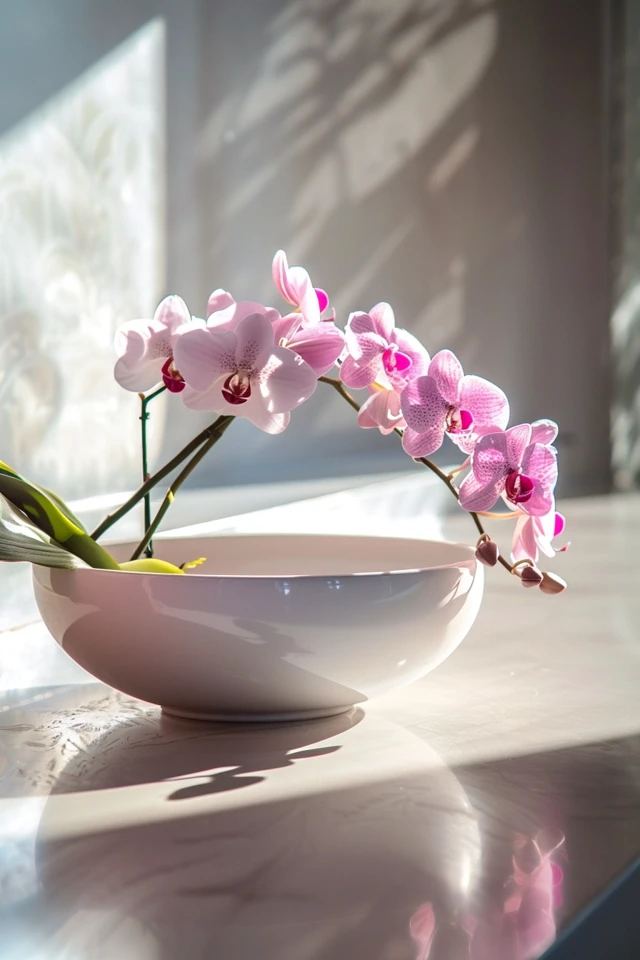
Create a Calming Color Palette
The colors you choose for your Zen space can significantly impact the overall ambiance. Soft, muted colors help create a soothing environment.
Calming Color Palette Ideas:
- Soft Whites and Beiges: These colors create a clean and peaceful backdrop, making your space feel light and airy.
- Muted Greens and Blues: Inspired by nature, these colors evoke a sense of tranquility and relaxation.
- Earthy Tones: Incorporate shades of brown, taupe, and gray to add warmth and grounding to your space.
- Accent Colors: Use gentle accent colors like lavender, sage, or soft pink sparingly to add a touch of interest without overwhelming the space.
Focus on Comfortable and Natural Textiles
Comfort is essential in a Zen space. Use natural textiles that feel good to the touch and enhance the overall coziness of the room.
Textile Ideas:
- Cotton and Linen: These natural fabrics are breathable and comfortable. Use them for bedding, curtains, and upholstery.
- Wool and Jute: Add wool or jute rugs to bring texture and warmth to your floors. These materials are durable and add an earthy feel.
- Silk and Bamboo: Incorporate silk or bamboo throws and pillows for a touch of luxury and softness.
- Layered Textiles: Layer different textures to create a cozy and inviting space. Combine soft blankets, plush cushions, and textured rugs for a harmonious look.
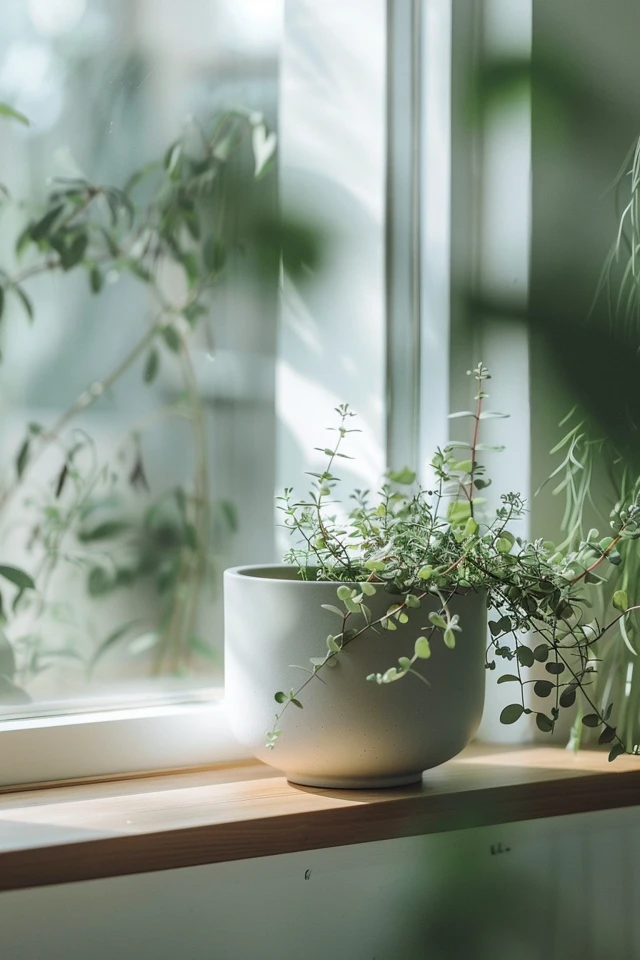
Use Thoughtful and Simple Decor
Decorative elements in a Zen space should be minimal and meaningful. Choose items that promote mindfulness and contribute to the overall sense of calm.
Decor Ideas:
- Candles and Lanterns: Use candles and lanterns to create a soft, ambient glow. The gentle flicker of candlelight can be very soothing.
- Zen Gardens: Create a small indoor Zen garden with sand, stones, and miniature plants. These gardens are great for meditation and relaxation.
- Wall Art: Choose simple, nature-inspired artwork or Japanese calligraphy. Avoid overly complex or busy pieces.
- Aromatherapy: Use essential oil diffusers with calming scents like lavender, chamomile, or eucalyptus to enhance the relaxing atmosphere.
Create Dedicated Relaxation Areas
Having a dedicated space for relaxation can help you unwind and practice mindfulness. Designate areas in your home specifically for activities like meditation, reading, or yoga.
Relaxation Area Ideas:
- Meditation Corner: Create a quiet corner with a comfortable cushion or mat, a small table for candles, and a few calming decor items. This can be your go-to spot for meditation and mindfulness practices.
- Reading Nook: Set up a cozy reading nook with a comfortable chair, a soft throw, and a small bookshelf. Make sure it’s well-lit and free from distractions.
- Yoga Space: Designate a space for yoga with a mat, a few props like blocks and straps, and a soothing backdrop. Ensure the area is quiet and free from clutter.
Balance and Harmony in Layout
The layout of your Zen space should promote balance and harmony. Pay attention to the flow and arrangement of furniture and decor to create a balanced environment.
Layout Tips:
- Symmetry: Use symmetry to create a sense of balance. Arrange furniture and decor in pairs or evenly spaced groupings.
- Focal Points: Create focal points with simple, meaningful decor items like a piece of art, a plant, or a statue. This helps guide the eye and adds interest.
- Flow: Ensure there is a natural flow through your space. Avoid blocking pathways and keep the layout open and airy.
- Negative Space: Embrace negative space by leaving some areas intentionally empty. This prevents the room from feeling cluttered and allows for a sense of calm.
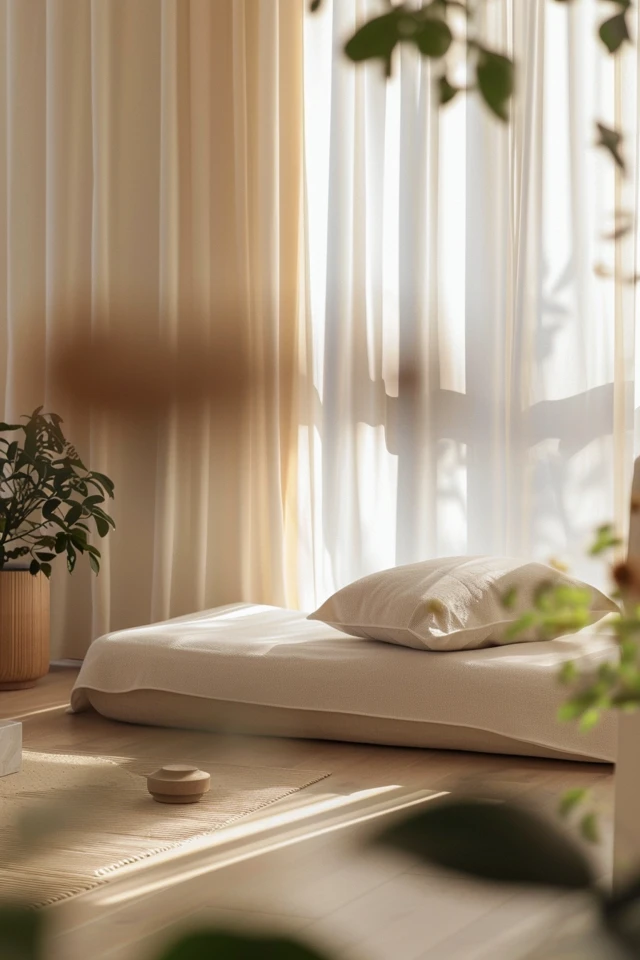
Mindful Technology Integration
Incorporating technology into a Zen space requires mindful consideration. Use technology to enhance your relaxation experience without overwhelming the space.
Technology Tips:
- Hidden Electronics: Keep electronics like TVs and speakers hidden when not in use. Use cabinets or built-in storage to conceal them.
- Soothing Sounds: Use a sound machine or smart speaker to play calming sounds like nature sounds, white noise, or meditation music.
- Smart Lighting: Install smart lighting that can be adjusted to different settings. Use warm, dimmable lights to create a relaxing atmosphere.
- Minimal Distractions: Limit the number of electronic devices in your Zen space. Keep it a tech-free zone as much as possible to promote mindfulness and relaxation.
Conclusion: Crafting Your Ultimate Zen Space
Creating the ultimate Zen space in your home involves a thoughtful approach to design, focusing on simplicity, natural elements, and a harmonious balance. By embracing minimalism, incorporating natural elements, choosing a calming color palette, and using comfortable textiles, you can transform your space into a serene haven. Thoughtful decor, dedicated relaxation areas, and a balanced layout further enhance the tranquility of your Zen space.
As an architect and interior designer, I believe that great design is about creating environments that resonate with your personality and enhance your lifestyle. A Zen space offers a retreat from the stresses of daily life, promoting mindfulness, relaxation, and well-being. Each element, from the natural materials to the calming color palette, should work together to create a harmonious and inviting atmosphere.
Remember, the key to a successful Zen space is balance and intentionality. Regularly update and personalize your space to keep it aligned with your evolving needs and preferences. With these tips and ideas, you’re well on your way to creating a home that is not only visually stunning but also a true reflection of your inner peace and serenity. Enjoy the process of crafting your ultimate Zen space and embrace the calm and tranquility it brings to your life.
Inspirational Pictures
